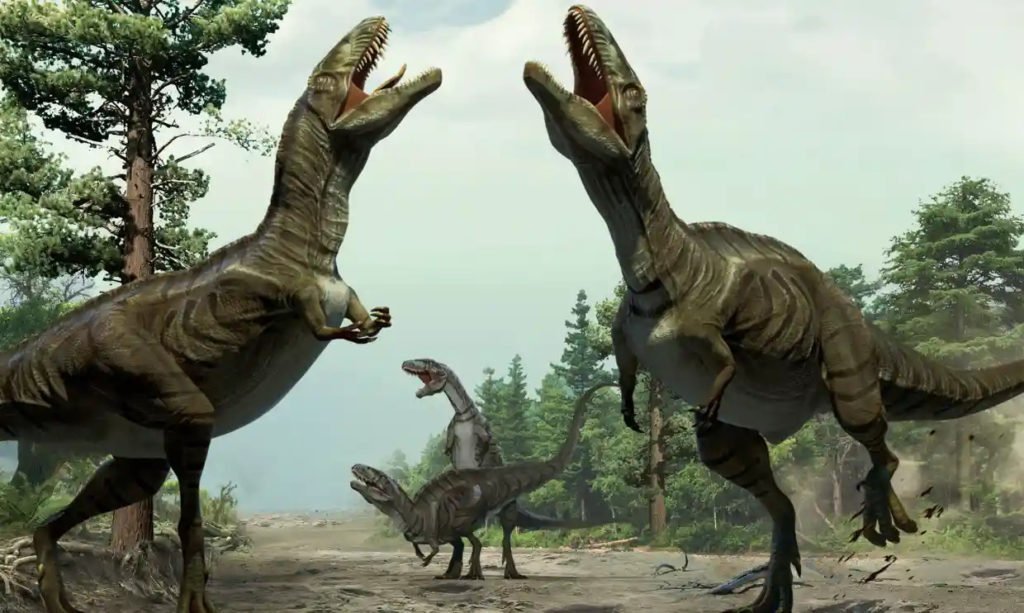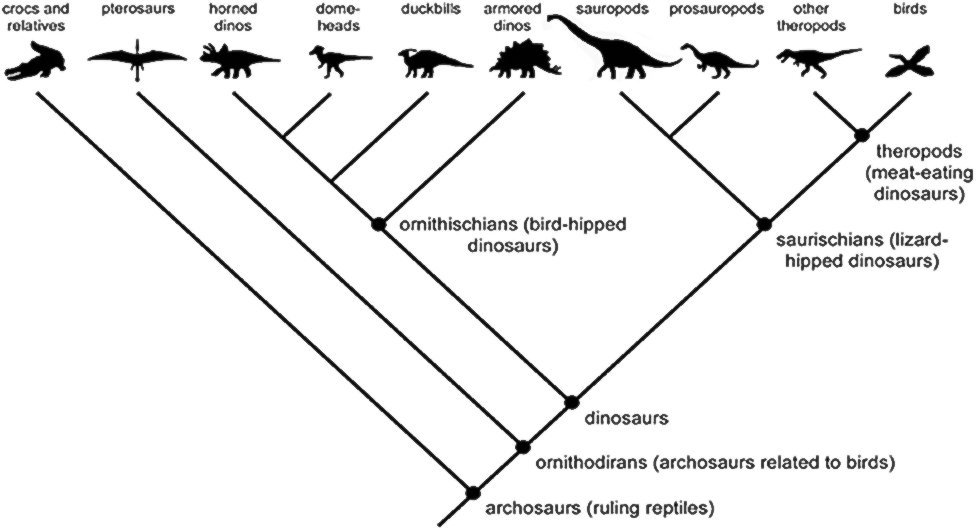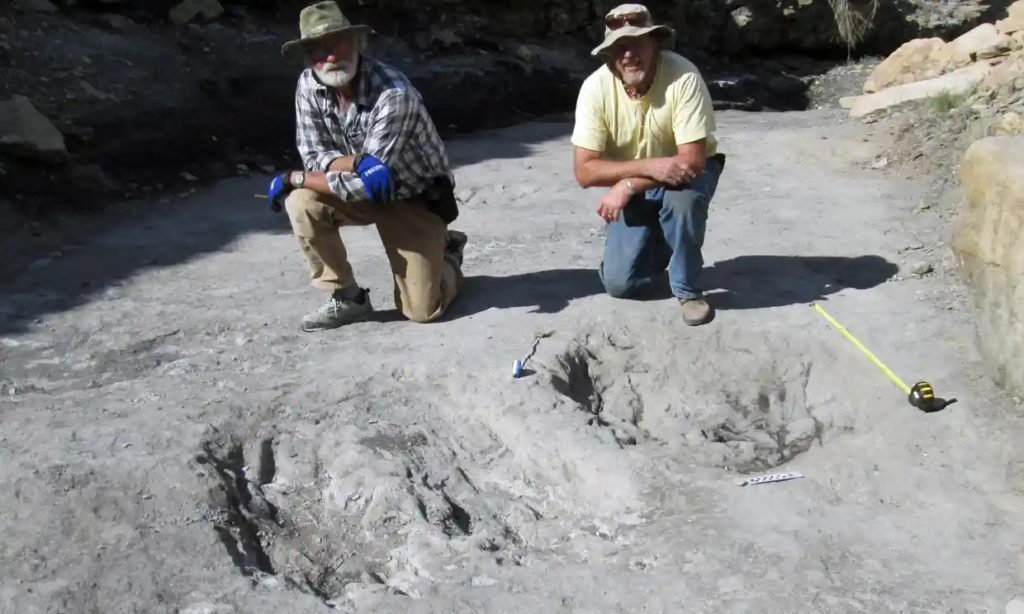Do Dinosaurs Dance? Well, Probably Yes

Almost everybody knows about the mighty theropod, Tyrannosaurus rex. Many see the T.rex of the late Cretaceous period as the iconic symbol of what a dinosaur is. The creature inspires fear into the hearts of many. Even its name “king of the tyrant lizards” evokes the imagination of a viciousness unlike anything else. Because of these connotations, we have forgotten the other side of these creatures. The T.rex and all other dinosaurs are animals. Thus, they are a mixture of brutality for the sake of survival and beauty as means of communing.
Not Every Large Creature During The Mesozoic Era Is A Dinosaur.
Please, note that this article is using the word dinosaurs in an extremely general sense. Because as paleontologist Eugenia Gold said,
“Not all creatures we often think of as dinosaurs, are dinosaurs — the whole line of flying creatures known as pterosaurs, for example.”

Pterosaurs are not dinosaurs, they are flying reptiles. My reasoning for making this generalization is to introduce a new perspective. I wish to remove this perception that these creatures that one might call dinosaurs are brutes. And replace it with the understanding that these are animals capable of more complex social behavior. Therefore, this article will go beyond the might of these creatures. It will not talk about their bite force or their ability to harm. But what I will talk about is their ability to dance and bond with their kin.
How do we know they dance?

Well, the honest answer is that we do not know. Because millions of years have passed since the dinosaurs. And there is no written record to accurately understand what happened. All paleontologists have to understand these creatures from their fossils and by observing their closest living relatives. Therefore, there is no certainty to the claim of dinosaurs dancing. But there is substantial evidence presenting the case to be so.
Evidence of Dancing Dinosaurs

Saying the dinosaurs dance is based on two pieces of evidence. The first piece is archaeological evidence that possibly shows scraping. And the second piece is observing present-day relatives of dinosaurs, birds & reptiles.
Cretaceous sites in Colorado

We are going to Colorado, USA. There, paleontologists found Cretaceous sites. Cretaceous is a geologic period during the Mesozoic Era. Once found, an excavation team was to study the sites. And leading the team is paleontologist Martin Lockley. While studying the site they found odd scrapes that are 2 meters in length on the rocks. Paleontologists believed the culprits behind the scraps are Theropods from the Cretaceous. But, what confused the paleontologist was why were theropods scraping the ground. First, they thought that the Cretaceous was digging for food. But, this does not make any sense. Because Cretaceous were carnivores and would not be digging to find food. Second, they hypothesize that the creatures were digging for water. Except, water would have been abundant.
Courtship dance

Then after exhausting their initial theories they look to birds. As stated earlier, birds are close relative to dinosaurs. That being the case, looking at the behavior of modern-day birds can lead to the possible reason for the scrapes. Hence, they looked at ostriches, which is the largest living bird today. By observing ostriches and other birds they found similar behavior in their mating habits. Lockley explained that,
“During the breeding season, the males start to get excited and show off to their mates by scratching to say, Look, I can build a nest!”
As such, putting the two inferences together presents a scene where theropods are dancing to court a female. Therefore, non-avian theropods engaged in stereotypical avian courtship can be interpreted to be the cause of these scrapes. And thus, you may imagine a group of large male theropods dancing. Possibly they would be flapping their arms, wiggling their tails, and scraping the ground. Then the best dance would win the hearts of a female theropod. Next, comes the adult part. They would then breed and later on lay eggs for the next generation of theropods.
Prehistoric Planet

This belief of dinosaurs dancing has become a popular idea in recent days. This is due in large part to the television documentary called Prehistoric Planet. BBC Studio Production in cooperation with Apple TV produced the program. Acclaimed actor David Attenborough provides the narration and hosting for the program. The show is a documentary about prehistoric animals and depicts them with the latest paleontological science. In one episode, it illustrates Carnotaurus, another theropod, dancing to attract a mate. Attenborough explains that the therapod is moving in a similar way as a modern bird would to court a female.
So, if you want to see dinosaurs dance and learn more things about prehistoric animals then go watch Prehistoric Planet. You can stream the program on Apple TV+.
Martin is your average manileño. He loves history and traveling around his beloved Metro Manila. His passion is to make the past come to life by exposing past stories not known by the general public. Tag along with him as he visits the past through the present.











